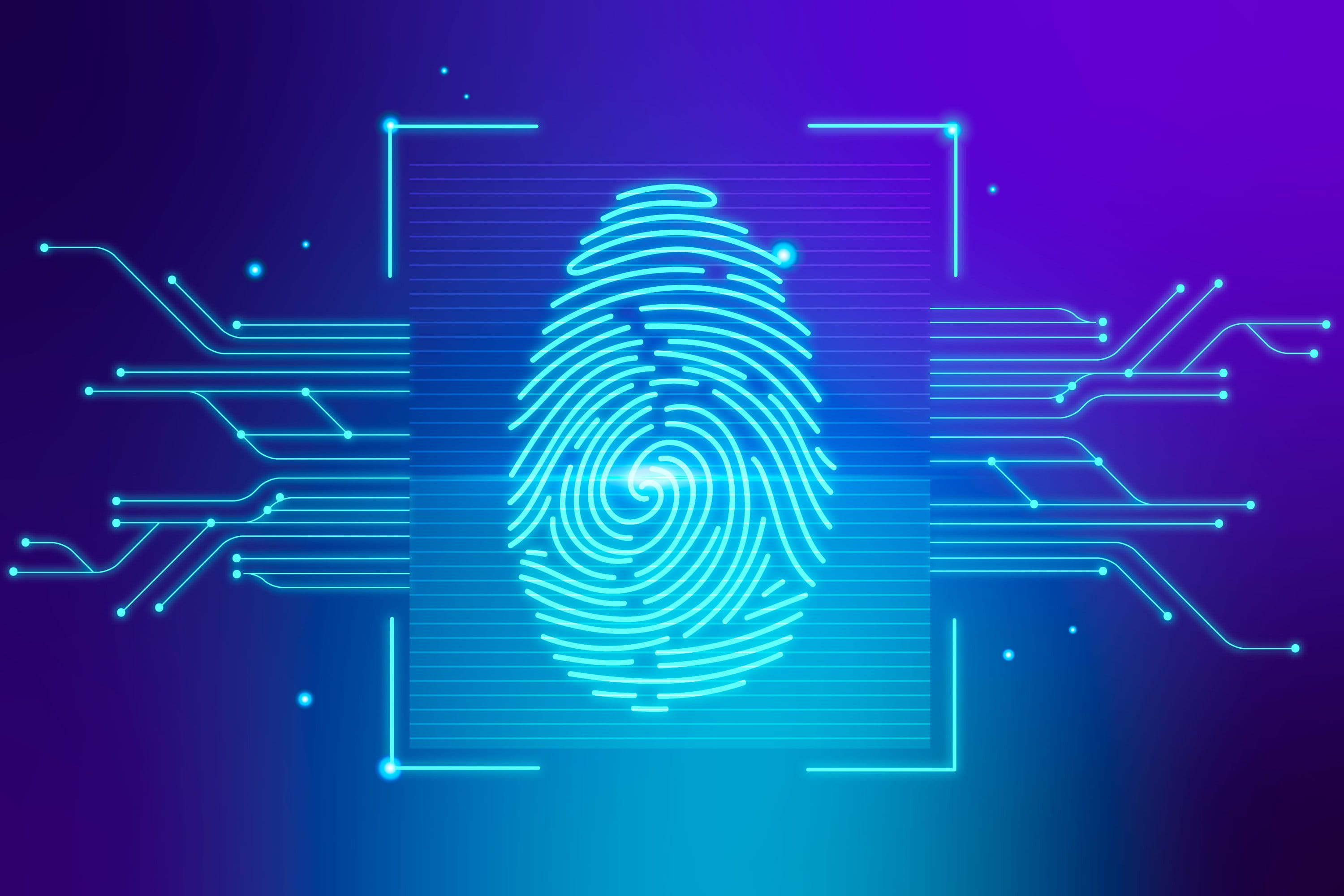
What is a digital ID? Although ID is one of the most popular terms nowadays, especially in such a digital world we are living in, very few institutions can fully unlock its potential with emerging technology. This article unfolds how blockchaincan make digital ID a reality for the privilege and the less privileged.
What is an ID in the digital world?
ID (Identification) is the method of identifying someone or something, saying who we are, whereby, a digital ID is an electrical way to do that. We usually experience this identity application in ID cards for citizenship, ATM cards for bank accounts, customer card of a store, our social accounts, email accounts, and even each electronic device also has its exclusive ID. It seems to have multiple applications, however, its core purpose is to prove the uniqueness of someone or something.
To do this, an identity system has to compare the input characteristics to existing databases. Depending on its sector application, these input characteristics exist in multiple forms such as a set of numbers or letters (or both), sometimes it's a scan of someone's fingerprint, face or other distinguishing features. Because of its substantial purpose, it is used widely in many different sectors such as science, technology, politics, finance, etc.
The importance of your ID
From the early days of its history to the present, we can see that ID exists in simple forms: hard documents like passports, driver's licenses. They do perform their identity function pretty well, but there are some defects of this form. They take time to verify, are easy to be sophisticated or lost, which leads to many serious security problems.
According to World Bank, there are about 1,5 billion people (mostly poor people in Africa and Asia) who can't prove their identity. It means that they can't enter any education services, own any property, open a bank account, have free movement, and enter social protection, etc. It strongly affects their human rights, especially women and children.
So who has the right to prove our identity? Let's take a look at these three identity system archetypes to get some overview.
Three identity system archetypes
Based on their fundamental structure, identity systems today typically divide into three archetypes: centralized, federated and decentralized, according to The World Economic Forum report.
- Centralized refers to the system that established and managed by a single organization (a bank or a social platform). It is built with specific purposes; easy to access but offers little choice of using data, attract hackers, and the potential for discrimination.
- Federated system owned by different stand-alone systems, each with its trust anchor, establish trust with each other. It allows individuals to access more services of the committee, however, also provide little choice of using data, expensive to maintain or access services.
- The decentralized system belongs to multiple entities contribute to a decentralized digital identity and individual controls sharing of identity data. It allows individuals to control and decide how to share their own data. However, it takes effort to change, complicated in assigning liability.
Until now, centralized and federated archetypes are more comfortable to use because they are more familiar and accessible. Nevertheless, their data is only limited in that organization or committee. When they want to join others, they have to do the required process again.
As emerging technologies develop, especially in a global digital transformation where the edge between real life and digital becomes faded, there is the urge to use a new model for digital identification, the one that strengthens individual privacy and security for everyone.
Blockchain technology with its decentralized feature is the key solution to enhance digital ID. With the help of blockchain, individuals can have a secure digital hub where they can store, protect and control access to their identity data easily.
How the blockchain for business can ease the proof of identity
As for financial institutions, digital ID is a crucial factor that brings significant benefits to customers: immediate and convenient; easy to access to new services, more choice and market competitiveness.
Understanding this concern, blockchain service providers, for example, FPT akaChain, makes available the solution for digital ID in financial services for greater efficiency, reduction in cost, and trust and transparency. Built on Hyperledger Fabric, the blockchain-based digital ID solution offers not only distributed ledgers technology but also other emerging technology such as OCR, AI, etc. The provided eKYC solution helps customers to improve their user experience effectively with its features. Precision and reliability use Automatic ID extraction with state-of-the-art accuracy. Trust and validation by cross-checking of Customer Information (ID, Location, Income, Score, Ref Number) and Facial verification that compare between selfie and ID photo) are also valuable.
(Read more FPT Software Case Studies on Blockchain)
The credit scoring solution, on the other hand, allows your business to improve risk management and serve your users better with some core features such as: Scoring from social and transactional data sources; Query by phone number, email or social ID; Machine-learning based models for Cash Loan and CDL…; Optimizable for each client and product.
Digital ID matters to both the rich and the poor. The solution to the proof of identity is the same for both: blockchain for business. It's time for institutions to widen the application of blockchain and incorporate it into their business processes.
Read other articles from FPT akaChain: https://blog.akachain.io/































